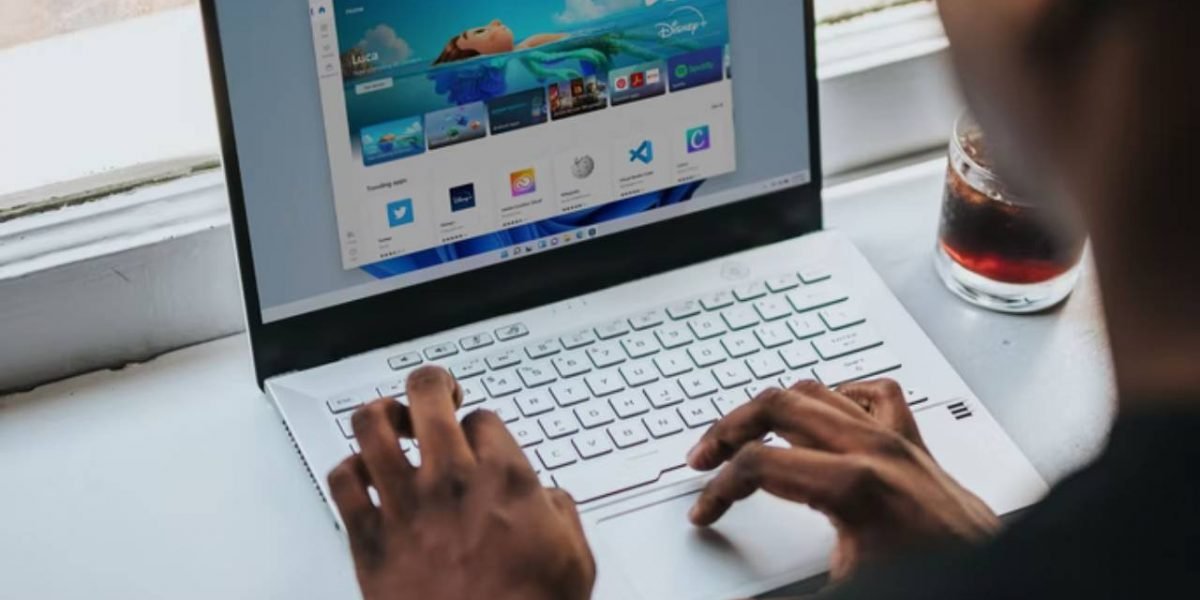Windows 11 has a lot of great new features, and each update is a new chance to start over. Though Microsoft has made upgrading to Windows 11 easier, it’s still necessary to perform basic background checks to ensure a clean installation.
Even though Windows 11 is built on Windows 10, the upgrade process on your laptop or desktop computer will require a complete reinstallation, which means there is a good potential for issues both before and after the installation. However, if you prepare your system ahead of time, you will reduce the likelihood of problems and will be able to recover fast if something goes wrong.
We’ll go over the steps you will need to do before upgrading to Windows 11. The purpose is to ensure that your PC meets Microsoft’s specifications and that you have a complete backup in case something goes wrong.
Is your computer compatible before upgrading to Windows 11
Even while Windows 11 is a free upgrade for existing Windows 10 machines, this does not guarantee that your device will work with it. The minimum system requirements have been increased in the new OS, therefore verifying that your computer’s hardware satisfies the requirements is one of the first things you should do before going with the installation.
Make a Copy of your Data
Early versions of new software, such as Windows 11, are notorious for having numerous faults and errors. You run the risk of blocking your workflow and even losing all of your data if you do this. Backing up your data is the best safeguard to take.
You can use either a cloud backup service or an external hard drive to back up your data (SSD or HDD). Even if you’re installing Windows 11 as a secondary system, you should make a backup.
Establish a Consistent Internet Connection
An Unstable Internet Connection is a primary cause of many Windows 11 OS updates failing. Microsoft’s servers have released Windows 11, which is a software update. As a result, you must remain connected to the internet throughout the installation.
A failure can be compensated for by using mobile data hotspots, public Wi-Fi, and/or an unreliable private connection. Avoid using public hotspots and make sure your WLAN is stable enough to sustain a half-hour to an hour-long Windows 11 installation.
Secure Boot should be enabled in the BIOS
Another Security Feature that is required to install Windows 11 is Secure Boot. This is a module that ensures the computer only boots up with software that the manufacturer approves of.
If your device runs on the legacy BIOS (Basic Input Output System), you’ll need to change the MBR (Master Boot Record) drive to GPT (GUID Partition Table), then activate Secure Boot in UEFI (Unified Extensible Firmware Interface). Otherwise, the machine will not boot if you enable the newest firmware. You can skip the convention if you’re performing a clean installation, but it’s required if you’re trying to upgrade from Windows 10 desktop.
Conclusion
After you have completed these instructions, you are ready to upgrade to Windows 11. The most important tasks in preparation for the upgrade are optimizing your storage and backing up your data.











